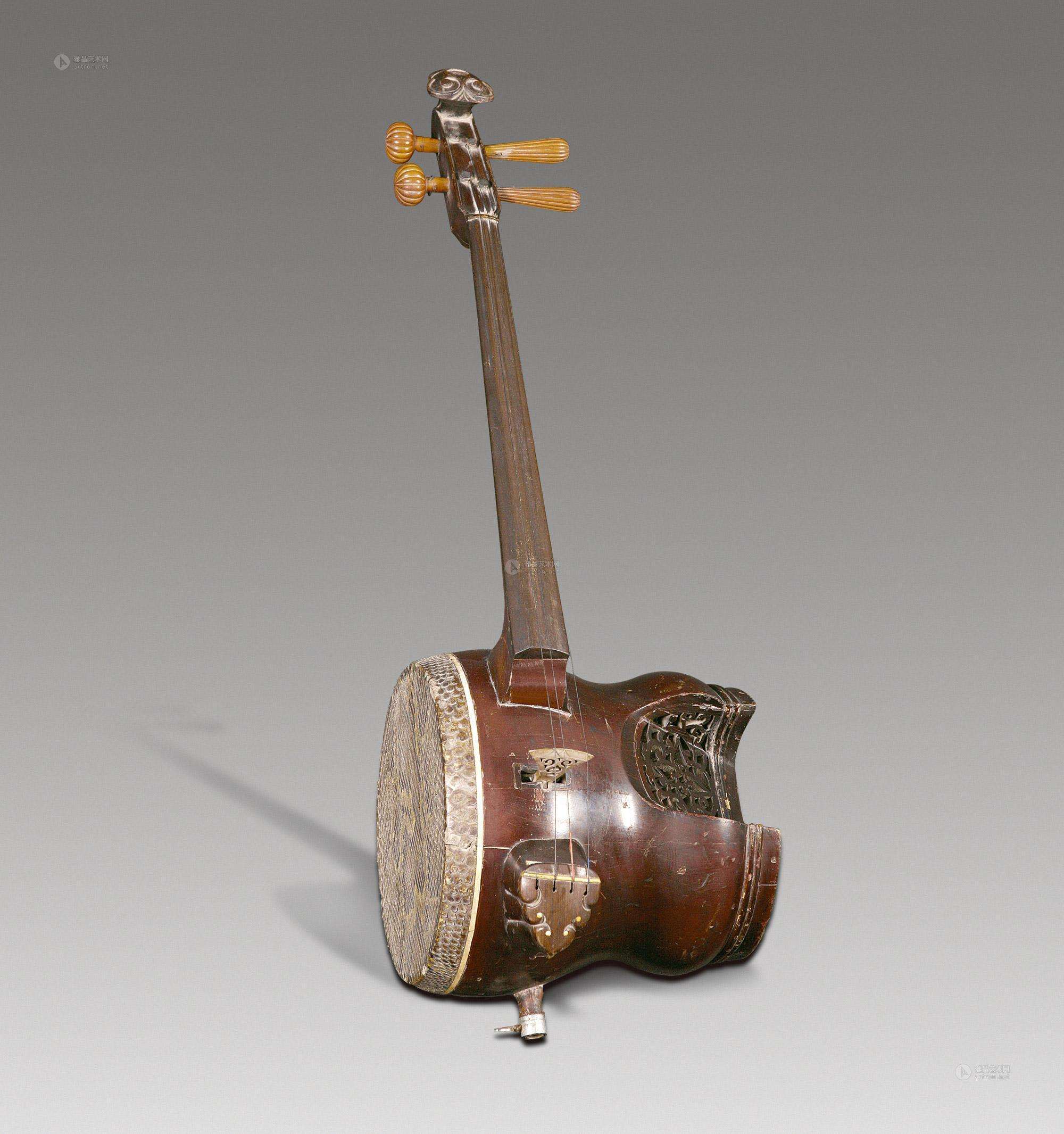Origin of Gehu
Gehu: A bass-pulled stringed instrument with a louder volume and a wider range. In the 1950s, Yang Yusen of Shanghai Conservatory of Music created it on the basis of erhu and absorbed the characteristics of other stringed instruments, so it is called Gehu. After continuous improvement, it has now become a bass-pulled string instrument with rich expressiveness.

Bands up to the Sui and Tang Dynasties did not pull strings at all. However, strings are indispensable in Western symphony orchestras. They are divided into five parts: the first violin, the second violin, the viola, the cello and the double bass. In the twentieth century, Chinese musicians applied this concept to China The band, the Shanghai Datong Orchestra founded by Wei Zhongle and others in the 1920s and 1930s initially used the newly reformed coconut shell dahu and zhuangqin as the medium and low voice when it tried to refer to the Western orchestra.
However, Chinese music has always been lacking in accustomed and functional harmony. This can also be seen in vocal music all over China. Except for Tibetan Buddhist music, singers in the lower range are actually in the range of ordinary people’s speech, unlike Western vocal music that has bass and the like. "Unnatural" bass. It can be seen that traditional Chinese music aesthetics do not pay attention to bass.
It can be called a perfect mid-bass musical instrument, so people can only transform the existing musical instruments into mid-bass musical instruments. The band's huqin instruments are systematically divided into five parts: Gaohu, Erhu, Zhonghu, Dahu and Lowhu according to Western concepts. However, the sound range and volume of Da Hu and Low Hu are limited, and it is difficult to support the harmony of the whole band, so many bands directly use cello and double bass to conform to the symphonic trend of the band at that time.
But since it is a Chinese national orchestra, it should have Chinese characteristics. How can it show China's national style by using musical instruments that do not belong to its own nationality? Upholding such national self-esteem, Yang Yusen of the Shanghai Conservatory of Music decided to invent it in 1949. Come up with your own national bass instrument.
He started with the erhu, referring to the structure of the cello, and developed the first gehu in 1951, named after the "reformed erhu". However, there were still many technical problems in the initially developed Gehu that could not be overcome. Yang Yusen continued to reform, and in 1979, he developed a "79-type" Gehu, which was the final shape for the Gehu.
 渝公网安备 50010702504639号
渝公网安备 50010702504639号